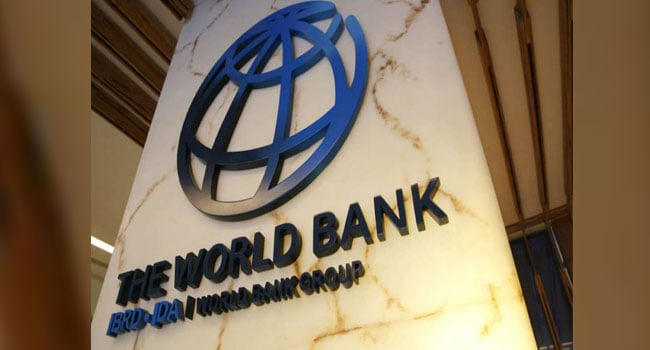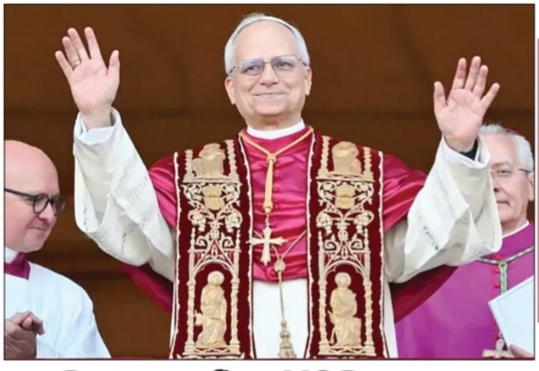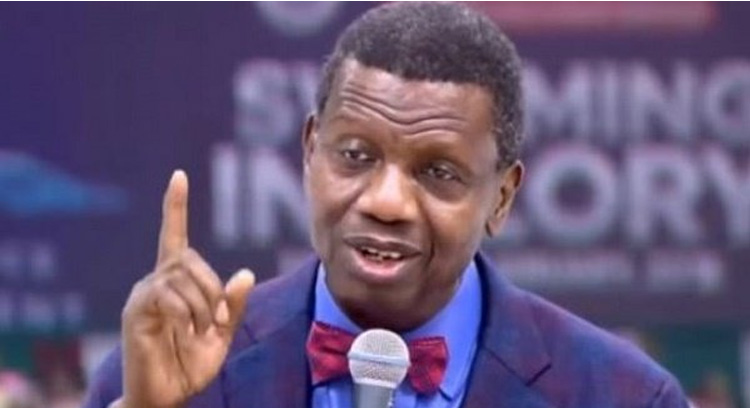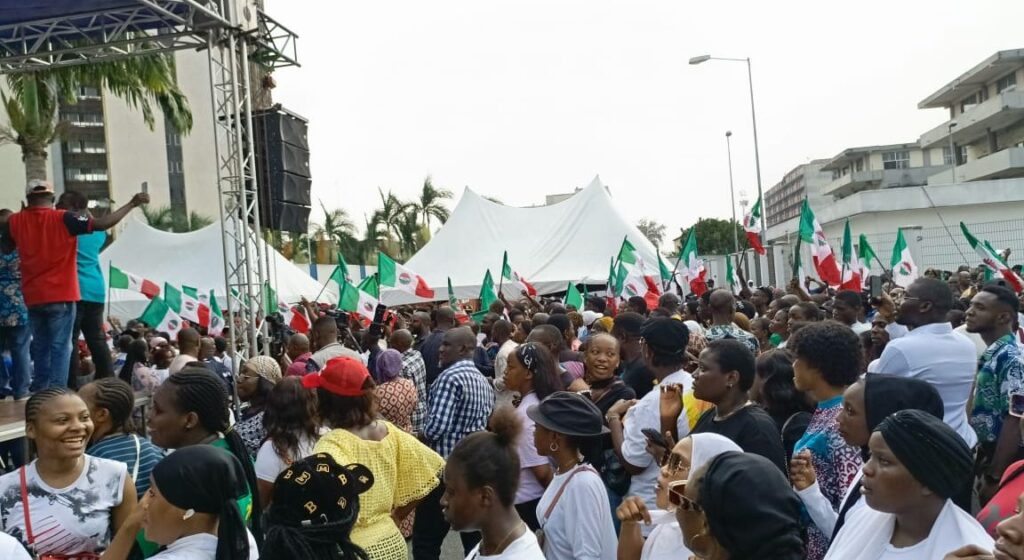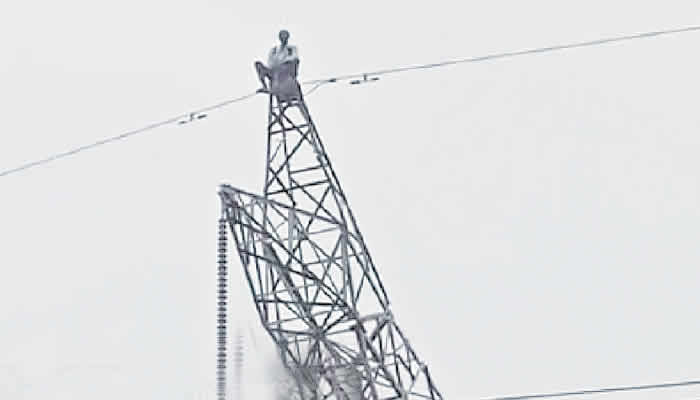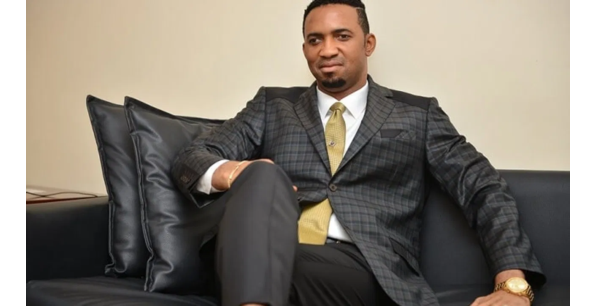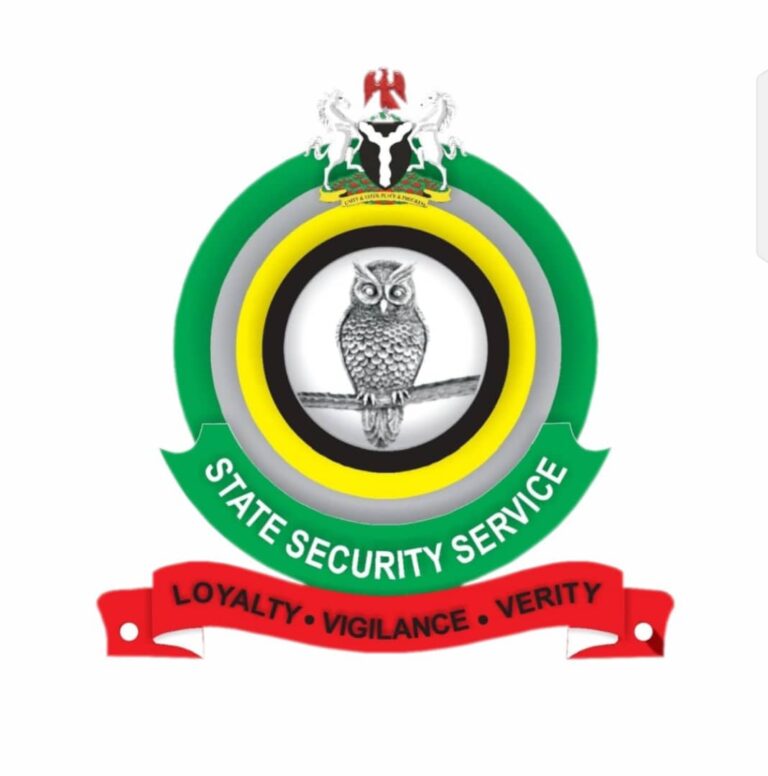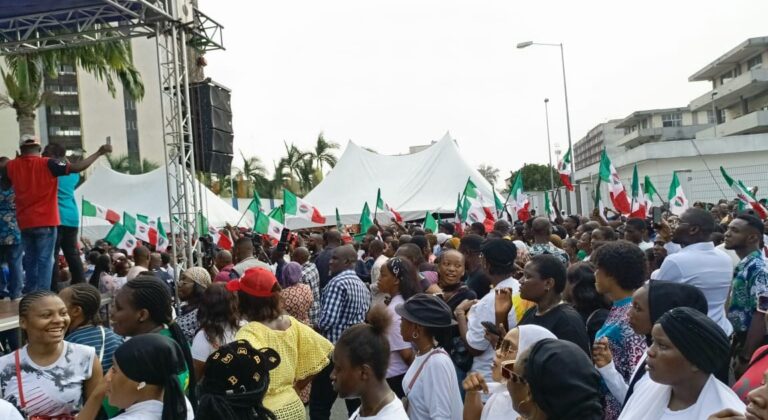With his election yesterday by 133 Catholic Cardinals as the Bishop of Rome and the Leader of the 1.4 billion Catholics around the World, Robert Cardinal Prevost becomes the first Catholic leader born in America since the over 2000 years of the Catholic Church.
Although he was born in Chicago, he is a naturalised Peruvian, having left the United States of America at the age of 27.
He belongs to the Order of St. Augustine. He is the first Pope to be elected by 133 cardinals. The previous number was 120. Prevost will now be known as Pope Leo XIV.
He took the name after St. Leo I (the Great) who reigned from 440-61 AD. The last to bear the name of Leo was Pope Leo XIII, who was born in French-occupied Rome in 1810.
He served as pope from 1878 until his death in 1903, making his 25- year papacy the fourth longest in the church’s history.
Pope Leo XIV is 69 years old and speaks various languages including English, Spanish, Latin and Italian. He was appointed a Cardinal in 2023 by the late Pope Francis II.
The Augustinian Order, where he comes from, is also known as the Order of Saint Augustine (OSA), a mendicant religious order within the Catholic Church founded in 1244.
It was formed by uniting various groups following the Rule of Saint Augustine of Hippo. Members of the Order are known for their commitment to a communal life, prayer, service, and the pursuit of holiness.
They are active in various ministries, including education, healthcare, and missionary work. The Order was founded in 1244 by Pope Innocent IV, uniting groups following the Rule of St. Augustine.
Their lives are guided by the Rule of St. Augustine, emphasising communal living, prayer, and service. They mainly rely on the generosity of others for support and live in poverty.
That is similar to the late Pope Francis II, who came from the Opus Dei Order that vowed to chastity and poverty.
The Order is known for its commitment to a communal life, intellectual pursuits, and service to others. The 69-year-old new pontiff appeared at the balcony of St. Peter’s Basilica and said “Peace be with all of you!”
In his first appearance, he sent out a message of peace to “enter your hearts, reach your families and all people, wherever they are.”
He spoke in Italian, Spanish and Latin and thanked his former diocese in Peru, “where a loyal people has shared its faith and has given a lot.”
The Conclave that elected Pope Leo XIV lasted only two days, just like that of his predecessor, Francis II.
According to ‘Vatican News’, the history of the Conclave dates back to the Middle Ages, and was established to prevent a prolonged Vacant See (Sede Vacante) and outside interference.
The term “Conclave” comes from two Latin words: cum (with) and clavis (key). In Church terminology, it designates both the secluded place, where the papal election is held, and the body of Cardinals convened there to elect the new Pope.
It was formally established in 1274 by Pope Gregory X The Conclave, which started May 7 and ended May 8 was the 76th and the 26th held under the picture of Michelangelo’s Last Judgment in the Sistine Chapel.
The first significant changes to the Conclave were introduced by Pope Nicholas II in 1059 with the Bull In nomine Domini, which specified that only cardinals could elect the Roman Pontiff.
Before that, the Successor of Peter was chosen with the participation of the ecclesial community: clergy assessed candidates proposed by the faithful, and the bishops chosen by the Pope.
External influences and interferences from political powers played a major role in the election, often hindering the electoral process.
In 1179, Pope Alexander III promulgated the Constitution Licet de vitanda introducing the requirement of a two-thirds majority — a key element that remains today.
But the Conclave as it is today was formalised in 1274 by Pope Gregory X in the Constitution Ubi periculum, which established that in future elections, cardinals should be locked away in seclusion “cum clave,” from both inside and outside, so they could focus on their task of electing the next head of the Catholic Church “without any political or personal interference.”
This followed his own election in 1271, which lasted nearly three years (1268-1271), due to external interference, and is known to be the longest in history.
The first Conclave was held in 1276 in Arezzo, Tuscany, in 1276 with the election of Innocent V. In 1621, Pope Gregory XV introduced the requirement for secret and written ballots.
In 1904, Pius X abolished any claimed right of exclusion and enforced secrecy about all that happens in the Conclave—even after its conclusion.
But after World War II, in 1945, Pope Pius XII issued the Apostolic Constitution Vacantis Apostolicae Sedis, introducing new rules.
From the moment the Holy See is vacant, all cardinals—including the Secretary of State and Congregation Prefects—cease their duties, except for the Camerlengo, the Penitentiary, and the Vicar of Rome.
Later, in the Motu proprio Ingravescentem Aetatem, Pope St. Paul VI decreed that only Cardinals under 80 years old could vote.
History of Popes in the Catholic Church
1. St. Peter (32-67)
2. St. Linus (67-76)
3. St. Anacletus (Cletus) (76-88)
4. St. Clement I (88-97)
5. St. Evaristus (97-105)
6. St. Alexander I (105-115)
7. St. Sixtus I (115-125) Also called Xystus I
8. St. Telesphorus (125-136)
9. St. Hyginus (136-140)
10. St. Pius I (140-155)
11. St. Anicetus (155-166)
12. St. Soter (166-175)
13. St. Eleutherius (175-189)
14. St. Victor I (189-199)
15. St. Zephyrinus (199-217)
16. St. Callistus I (217-22) Callistus and the following three popes were opposed by St. Hippolytus, antipope (217-236)
17. St. Urban I (222-30)
18. St. Pontian (230-35)
19. St. Anterus (235-36)



